Welcoming a newborn into your life is one of the most joyful and overwhelming experiences. As a new parent, ensuring your baby’s safety and comfort is your top priority, but with so many baby products available, it’s easy to feel confused. How do I choose the right baby product? This is a question many parents ask.
In this guide, we will share five practical tips to help you make informed decisions and choose the best products for your newborn.
How Do I Choose the Right Baby Product for My Newborn
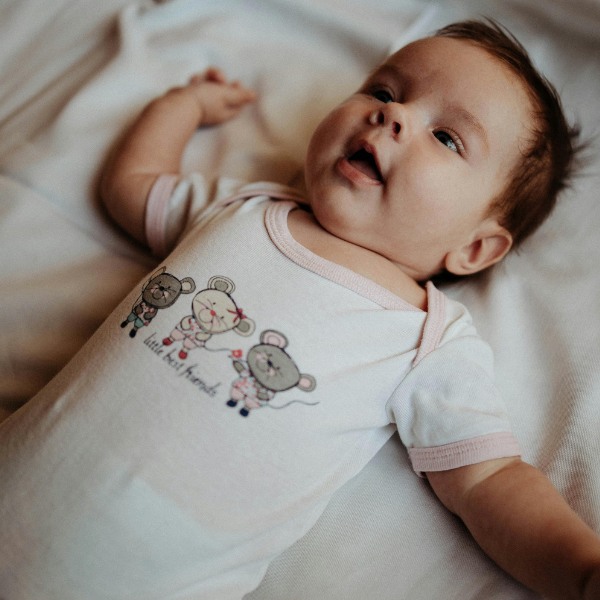
1. Understand Your Baby’s Needs
Every baby is unique, and their needs can vary depending on their age, health, and preferences. To choose the right baby product, consider the following:
- Essentials First: Start with basic items like diapers, baby clothes, and feeding bottles.
- Baby’s Age: Some products, like toys or feeding equipment, are age-specific. Check the recommended age range on the packaging.
- Allergies or Sensitivities: If your baby has sensitive skin, look for hypoallergenic or organic options to avoid irritation.
For example, if your newborn has dry skin, you might prioritize products like fragrance-free baby lotions or gentle baby shampoos. Keeping your baby’s unique needs in mind helps ensure both safety and comfort.
2. Check Safety Standards
Safety is a non-negotiable factor when selecting baby products. Here’s how you can ensure the items you choose are safe:
- Look for Certifications: Check for safety certifications that confirm the product meets quality standards.
- Avoid Harmful Materials: Steer clear of products containing BPA, phthalates, or other harmful chemicals.
- Inspect for Hazards: Ensure toys have no small parts that could be choking hazards and check that cribs or strollers have secure designs.
For example, a car seat should have a sturdy harness and meet crash-test safety standards. If you’re buying toys, make sure they are made from non-toxic materials and have no detachable parts.
3. Prioritize Comfort and Usability
Comfort and ease of use are important for both you and your baby. When evaluating products, consider:
- Soft Materials: Choose items made of breathable and soft fabrics, especially for clothing and bedding.
- Ease of Cleaning: Look for products that are machine washable or easy to clean.
- Convenient Design: Items like strollers with adjustable handles or feeding bottles with anti-colic designs can make parenting more manageable.
For instance, a baby carrier with padded straps and proper back support will make outings more comfortable for you and your little one. Additionally, a baby bathtub with ergonomic features can make bath time safer and more enjoyable.
4. Read Reviews and Seek Recommendations
Before purchasing any baby product, it’s helpful to gather insights from other parents:
- Online Reviews: Check user reviews and ratings on reputable websites.
- Parenting Communities: Join forums or social media groups to ask for recommendations.
- Word of Mouth: Talk to family and friends who have experience with similar products.
For example, reading reviews can help you find a high-quality baby monitor with reliable features. You might also discover tips on cost-effective alternatives from experienced parents who have tried multiple brands.
5. Consider Your Budget Without Compromising Quality
While it’s tempting to buy the most affordable option, quality should never be sacrificed. Here are some tips for balancing cost and quality:
- Set a Budget: Determine how much you’re willing to spend on each category of baby products.
- Buy in Bulk: For frequently used items like diapers, buying in bulk can save money.
- Invest Wisely: Spend more on items that are crucial for safety and comfort, like cribs or car seats.
For instance, while a high-end stroller may cost more upfront, its durability and added features might save you money in the long run. Prioritizing quality can lead to better value and peace of mind.
Common Mistakes to Avoid
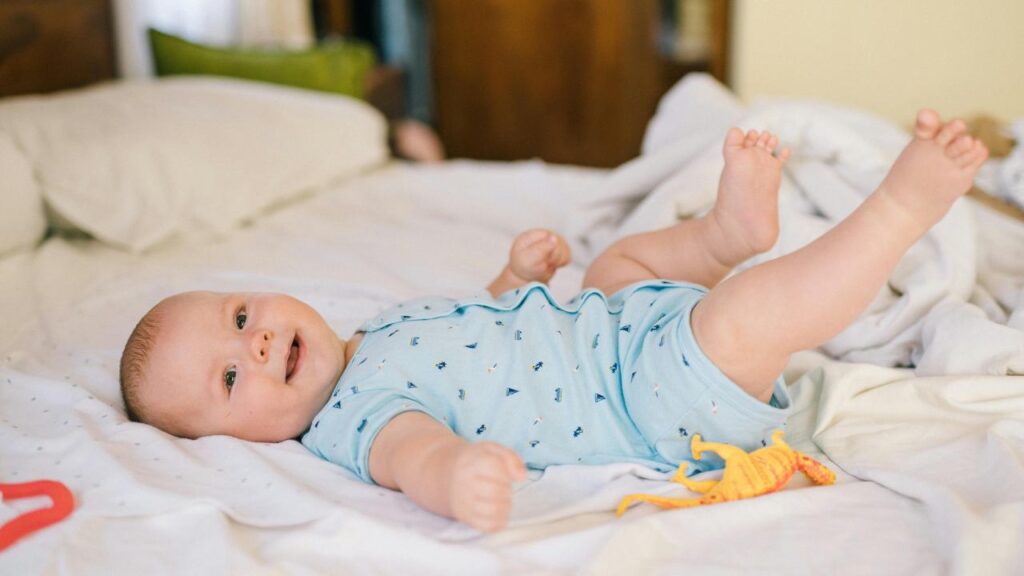
- Ignoring Labels: Always read product labels for age recommendations and safety warnings.
- Overbuying: Start with essentials and avoid buying too many items your baby may not need.
- Falling for Trends: Focus on practicality rather than trendy products that may not be useful.
- Skipping Research: Not checking reviews or safety certifications can lead to poor purchasing decisions.
- Ignoring Baby’s Preferences: Your baby may have specific likes or dislikes; consider these when choosing items like pacifiers or toys.
Product Selection Checklist
| Feature | Checklist |
|---|---|
| Safety | Certified, non-toxic, and free from hazards. |
| Comfort | Soft, breathable materials, and ergonomic. |
| Usability | Easy to clean and convenient to use. |
| Budget-Friendly | High quality within your budget. |
| Age-Appropriate | Matches your baby’s developmental stage. |
Real-Life Example: Choosing the Best Crib
Let’s say you’re selecting a crib. Start by checking for certifications like JPMA to ensure safety. Look for features such as adjustable mattress heights, sturdy rails, and non-toxic finishes. If your budget allows, invest in a convertible crib that can grow with your child. Reading reviews and comparing different models can also help you make the best choice.
Related Article: How to Keep a Newborn Healthy and Happy: 9 Proven Tips
Conclusion
Choosing the right baby product can feel overwhelming, but with the right knowledge, it becomes much easier. Focus on understanding your baby’s needs, prioritizing safety, and ensuring comfort to make informed decisions. How do I choose the right baby product? Start by reading reviews, seeking advice from experienced parents, and investing wisely in quality products.
Each choice you make can contribute to your baby’s safety, happiness, and overall well-being. By taking a thoughtful approach, you can create a nurturing environment for your newborn while ensuring peace of mind for yourself.
FAQ’s
What are the most essential baby products for a newborn?
Essential items include diapers, feeding bottles, baby clothes, a crib, and a car seat. These basics ensure your baby’s comfort and safety from day one.
How do I check if a baby product is safe?
Look for certifications, inspect the product for hazards like sharp edges or small parts, and avoid items made with harmful chemicals such as BPA or phthalates.
Can I use second-hand baby products?
Yes, but inspect them carefully for wear and tear. Avoid using second-hand car seats or cribs unless they meet current safety standards.
How often should I replace baby products?
Replace items as your baby outgrows them or when they show signs of wear and tear. For example, feeding bottles and pacifiers should be replaced regularly for hygiene.
Why are reviews important when buying baby products?
Reviews provide real-life experiences from other parents, helping you make informed choices and avoid low-quality products.
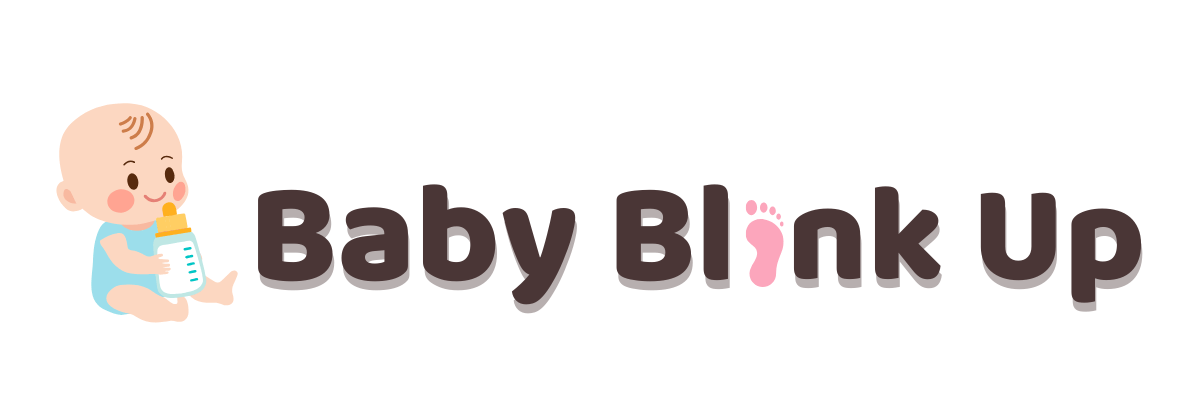
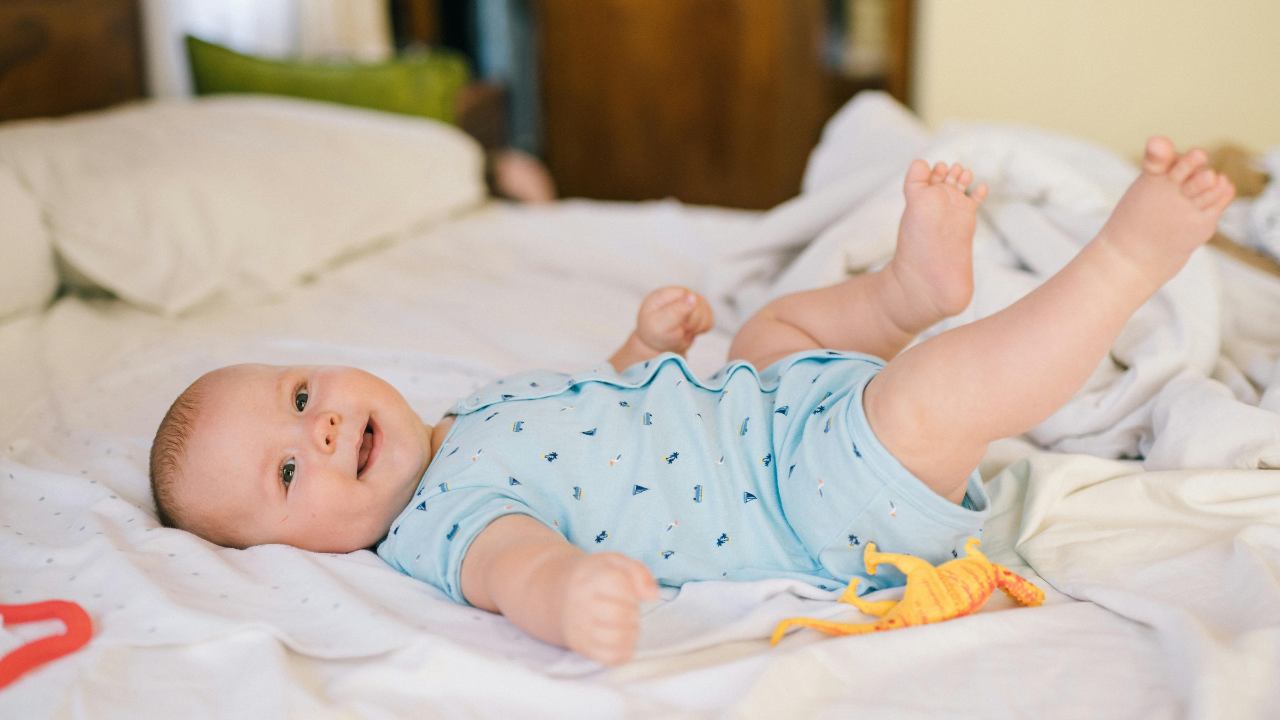
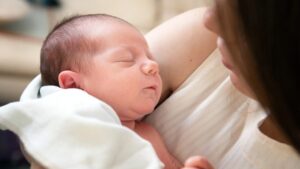
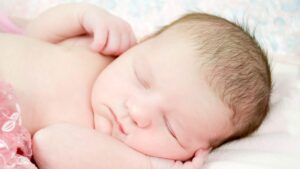
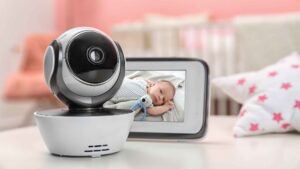
Pingback: Best Baby Monitors of 2025: Top Picks for Every Parent
Pingback: 8 Best Baby Shampoo for Hair Growth and Thickness - babyblinkup